The country where I was born.
The ethnic composition of my parents.
My gender.
What do these things have in common? None of them are sufficient to describe who I am.
As human beings, made in God’s image and likeness, we consist of body, soul and spirit. Being a Trinidadian born female whose parents have Indian, Portuguese, Chinese, Spanish and Caucasian ancestors are all factors which impact my body, but not my soul and spirit, which is what really defines my identity.
As a child growing up in an ethnically and culturally diverse country (Trinidad and Tobago) I never noticed the race of my friends, or even my own. I remember the first time I realised that I was different from the majority of my friends. I was fifteen years old, and our country had elected its first Prime Minister of East Indian decent. Talk of it being “our turn now” made me realise that people had voted based on race, rather than issues of governance. It also opened my eyes to the fact that I had East Indian heritage, whereas the majority of my friends were of African descent.
It was amazing to me, because I never chose my friends based on their ethnic background. My closest friends were those whom I connected with, because we shared the same core beliefs and values. There was an attraction at the level of the soul and spirit, which had nothing to do with our physical appearance. These are people who, like me, are citizens of the kingdom of God. We live according to kingdom principles, and this is what creates the bonds between us.
It is sad to me when society has so corrupted our understanding of identity that all we see is what is on the outside. It is one thing when I visit a remote tribe in Kenya that has never met a foreigner, to be surrounded by children who rub my skin to see if it will come off. It is a totally different thing for my 5-year old god-daughter to ask me, “Aunty Debbie, how can you be a Indian AND a Christian?”
The media has put far too much emphasis on the body. Our bodies are merely shells for who we really are on the inside. We have a responsibility to teach our children to look beyond what they can see, so that they can recognise people for who they really are.
[For more ideas, thoughts and stories on different aspects of Race, click here]

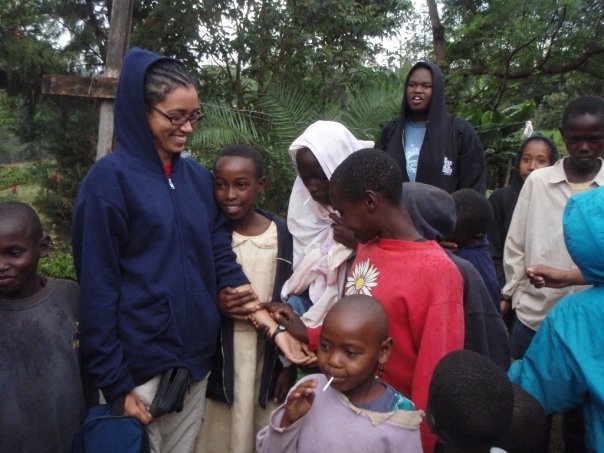
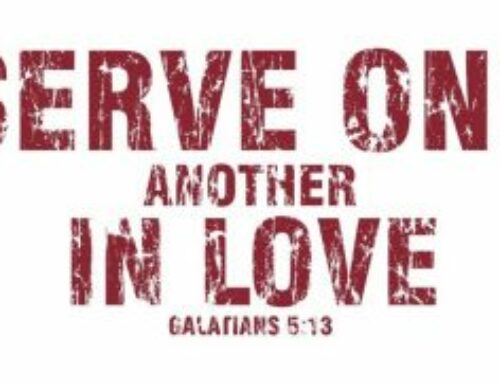
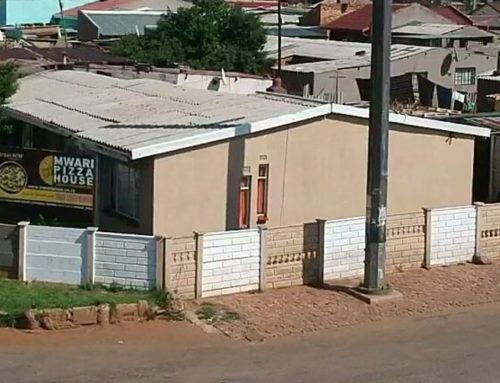

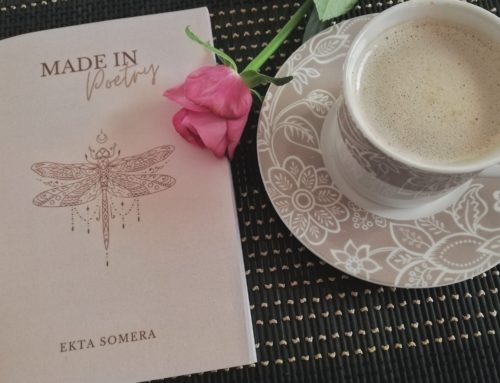
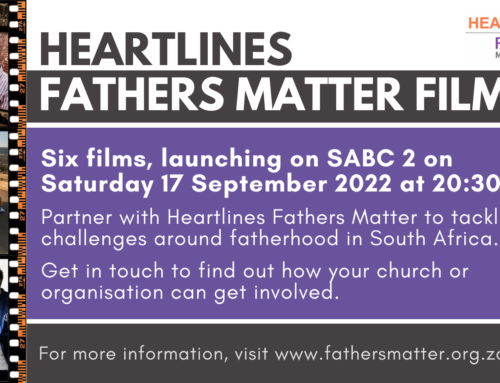
[…] What makes me me – hear some of the thoughts and story of my friend Deborah Dowlath […]
[…] Meet Deborah Dowlath [Trinidad and Tobago] […]